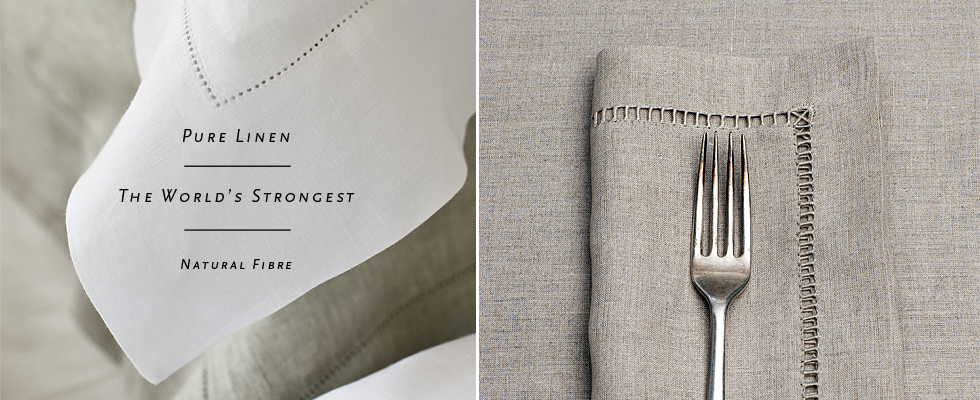
|
What is linen? Benefits of linen What is the difference between cotton and linen sheets? When washed and cared for correctly cotton sheets will last around 3-5 years, before showing signs of wear. Linen fabric, however, is really only starting to shine after 3 years of usage. It becomes softer with every wash and doesn’t break down as fast which is due to the higher moisture absorbency rate of the linen fibres. It is also naturally hypoallergenic which means sweat is less likely to break down the linen fibres, as it would in cotton. Unlike cotton, linen when cared for correctly has the potential to last up to 2-3 decades before needing to be replaced. Hence the reason Europeans prefer to invest in high quality bed linen. Egyptian cotton is a much finer fibre, and is made from the bols of the cotton plant. The yarn is very fine and able to be woven into a higher thread count fabric. Linen, on the other hand, is a much thicker fibre, but much more robust and durable. The resulting fabric is generally lower in thread count than cotton, but its properties are far superior. How is linen made? The fibres are then combed to remove excess impurities and shorter fibres. The long fibres (used for bed linen) are slightly twisted and then processed using a ‘wet spinning’ technique in order to achieve a smoother and softer yarn. Alternatively, the short fibres are collected and spun together using a ‘dry spinning’ technique. This results in a stronger and heavier yarn which is ideal for heavy duty uses such as upholstery or heavy apparel fabrics. The linen yarns used for sheeting are carefully graded and sorted into different qualities ranging from the extremely fine (Como Linen) to a high standard of regular linen (Dublino and Citi Linen). Italian weaving mills select only the finest linen yarns to produce their fabrics with. It is in these Italian mills where generations of weaving mastery become apparent. The Italians are unmatched in their ability to weave and finish the finest fabrics in the world. The techniques used are safeguarded to ensure they cannot be copied.
|
Why does linen have a lower thread count? As previously mentioned the thread count is not an indication of quality, as linen fabric has a much lower thread count but is considered by many to be a far superior fabric quality. History of linen Linen remained the fabric of choice until the 18th Century during the Industrial Revolution, when the introduction of spinning machines and the large plantations of North America’s ‘Upland Cotton’ became much more affordable than the traditional linen techniques. Now because of the laborious time it takes to produce linen yarn, and the manual processes that have to be undertaken, linen has become a higher priced commodity, and considered among many to be a ‘luxury’ fabric. Where is the best linen from? The processing (spinning of the yarn) is generally done close to the harvesting, but where the linen really comes to life is at the weaving mills. The best weaving mills are undeniably in Italy where knowledge passed down from generation to generation is skilfully used to create the best linen fabrics in the world. |